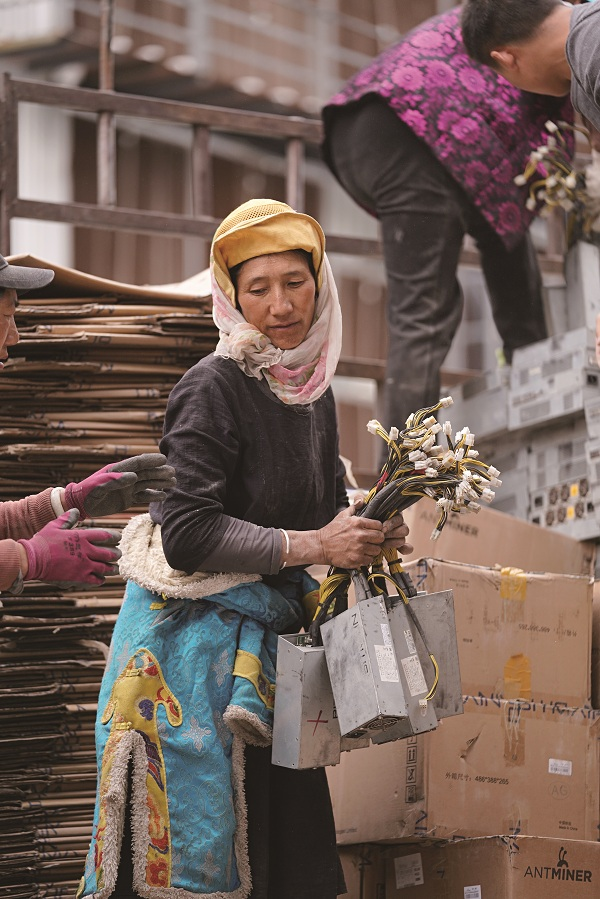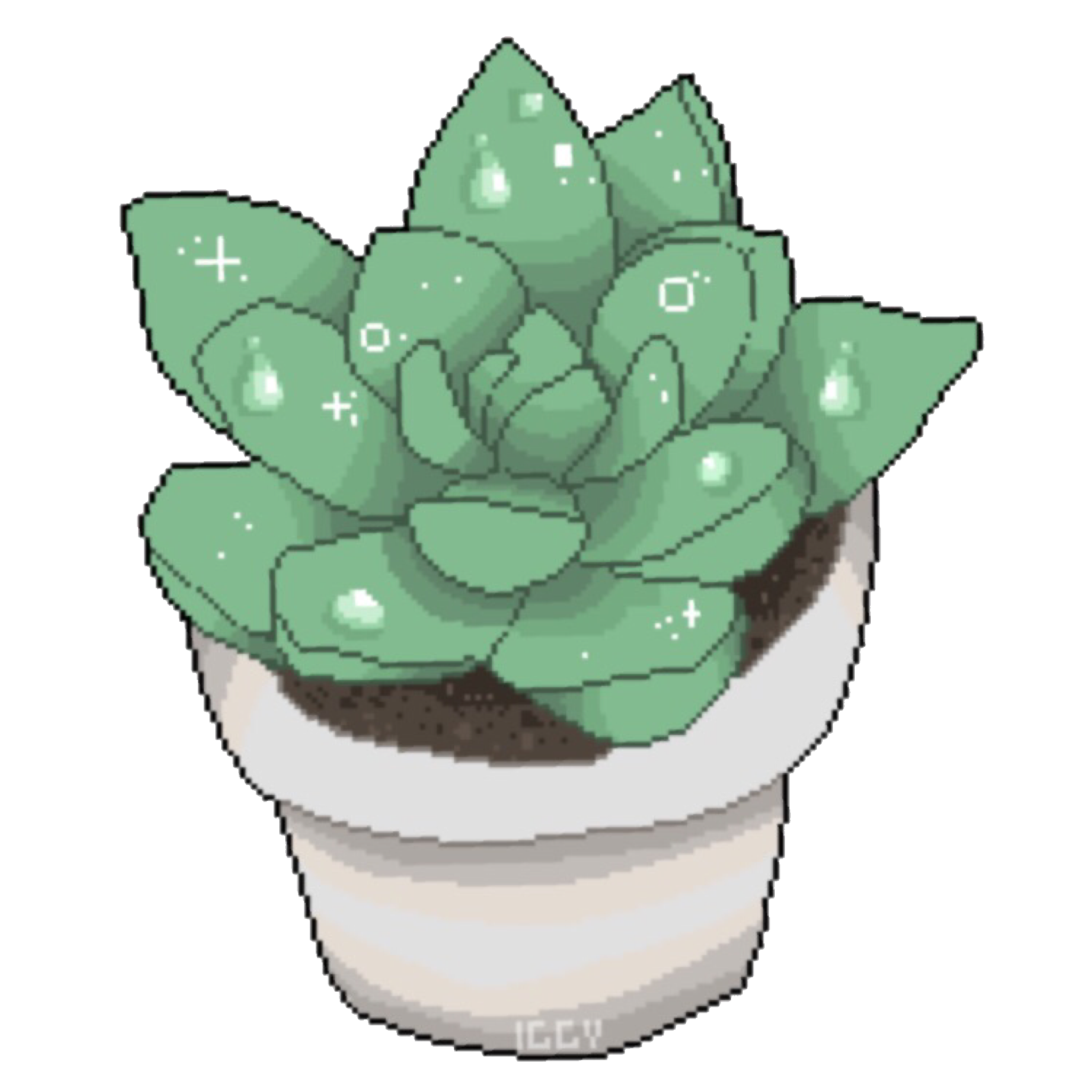

It looks like a slipper orchid. That is a general term for several groups of related orchids. I don’t know what genus or species it is, maybe someone else will!
I tried a reverse image search and several images come up that match the flower pretty well. Unfortunately the sites didn’t have any more detailed information to identify the exact plant, they were mostly stock photo sites and just said “slipper orchid”

















Sorry I couldn’t be more help! Where was the picture taken?